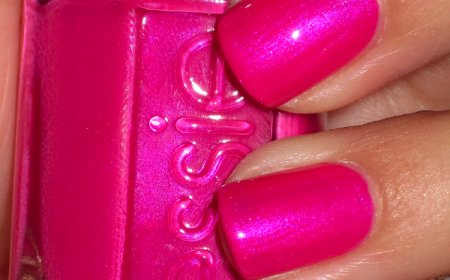Nail White Spots After Polish Remover: What They Mean & How to Fix Them
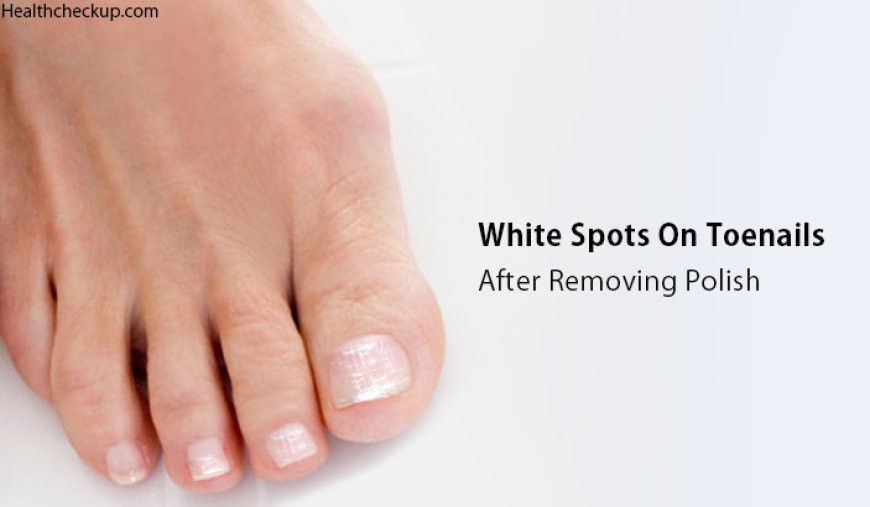
Nail white spots, scientifically referred to as leukonychia, present an intriguing phenomenon that can occur post-application or removal of nail polish. While many individuals regard these spots as merely cosmetic nuisances, their emergence can sometimes serve as indicators of underlying health issues. Understanding the origins of these spots, their implications, and the potential remedies is essential for the maintenance of nail health. This discourse delineates the various aspects associated with the manifestation of white spots on toenails subsequent to the use of polish remover.
Etiology of White Spots on Toenails
The onset of white spots following the removal of nail polish can be attributed to several factors. The most common cause is damage to the nail matrix, the tissue under the base of the nail that produces new nail cells. This damage can occur for various reasons, including the prolonged exposure to harsh chemicals present in polish removers, particularly those containing acetone. Acetone, while effective in dissolving nail polish, can also dehydrate the nail plate, leading to brittleness, fragility, and, in some cases, discoloration.
Another consideration is the potential for fungal infections, which can manifest as white spots or discoloration on toenails. Fungi thrive in warm, moist environments, making toenails susceptible, especially if they have been subjected to excessive moisture or inadequate ventilation. While these fungal infections often appear more prominently in toenails due to their thicker structure, they may go unnoticed until significant discoloration occurs.
Infrequent nail maintenance practices can also exacerbate the situation. For instance, neglecting to properly clean and hydrate the nails or using low-quality nail products can contribute to nail health decline and ultimately lead to visible imperfections. Furthermore, white spots can signal systemic illnesses, including zinc deficiency or psoriasis, which may affect nail growth and health.
Types of Leukonychia
Leukonychia is classified into several types, each with differing implications for nail health:
• Partial Leukonychia: This condition manifests as white spots or streaks on a specific section of the nail. It usually indicates localized trauma or infection.
• Total Leukonychia: A rarer form where the entire nail appears white. It may be linked to systemic health issues and necessitates further investigation.
• Striated Leukonychia: Characterized by lines or bands of white that may run parallel to the lunula, this variation often signifies chronic conditions affecting the nails.
Understanding the type of leukonychia exhibited can significantly guide subsequent treatment or remediation efforts. While some instances may resolve independently, others may require a more extensive approach to address the underlying cause.
Diagnosing the Cause of White Spots
Diagnosing the specific cause of white spots on toenails necessitates a meticulous examination of both physical and lifestyle factors. A comprehensive assessment should include:
• Medical History: Reviewing any existing medical conditions, nutritional deficiencies, or previous nail trauma can provide contextual clues regarding the onset of leukonychia.
• Environmental Factors: Documenting the various products used on nails, from types of nail polish to removers, alongside the frequency of application, can illuminate potential irritants.
• Nail Examination: A detailed physical examination by a qualified dermatology specialist can assist in identifying signs of fungal infections, nutritional deficiencies, or other abnormalities.
Upon determining the etiology of the white spots, specific interventions can be employed to address both the cosmetic concerns and the possible underlying health implications.
Strategies for Prevention and Treatment
To maintain the integrity of toenails and mitigate the likelihood of developing white spots, several preventive measures and treatment options should be considered:
• Choose Acetone-Free Removers: Selecting gentler, acetone-free nail polish removers can significantly reduce the risk of drying out and damaging the nail plate.
• Regular Moisturization: Hydrating the nails and surrounding skin with cuticle oils or moisturizing creams can combat dryness and enhance nail health. Look for products rich in essential fatty acids and vitamins.
• Adopt a Balanced Diet: Consuming a balanced diet rich in vitamins and minerals, particularly biotin, zinc, and proteins, supports nail strength and health. Incorporating leafy greens, nuts, and whole grains into one's diet can bolster overall well-being.
• Limit Nail Polish Usage: Reducing the frequency of polish application and removal allows the nails to breathe. Periodic breaks from decorative coatings can mitigate the risk of damage.
• Practice Proper Nail Hygiene: Regularly cleaning the nails, trimming them appropriately, and avoiding trauma can foster an environment conducive to healthy nail growth.
• Medical Interventions: If the issue persists or is accompanied by significant symptoms, consulting a dermatologist is recommended. Treatments may include antifungal medications for infections or topical treatments for psoriasis.
When to Seek Professional Help
While occasional white spots on toenails can be benign, certain signs warrant professional consultation. These include:
• Persistent discoloration that does not resolve over time, suggesting an underlying health issue.
• Accompanying symptoms such as pain, swelling, or changes in nail thickness.
• Multiple nails exhibiting discoloration in conjunction with changes in nail texture.
In such cases, a dermatologist may conduct further testing to identify infections or systemic ailments, consequently directing suitable treatment regimes.
Conclusion
The presence of white spots on toenails following the use of polish or polish remover can range from benign to symptomatic of more serious underlying health conditions. It is imperative to ascertain the underlying causes and consider preventive strategies to maintain optimal nail health. The intersection of lifestyle, dietary choices, and product usage plays a critical role in preserving the integrity of toenails. A concerted effort towards awareness and proactive care can mitigate concerns associated with leukonychia and promote overall wellbeing.
What's Your Reaction?
 Like
0
Like
0
 Dislike
0
Dislike
0
 Love
0
Love
0
 Funny
0
Funny
0
 Angry
0
Angry
0
 Sad
0
Sad
0
 Wow
0
Wow
0

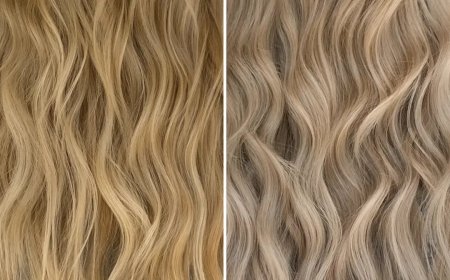
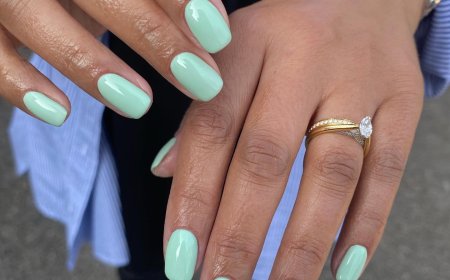
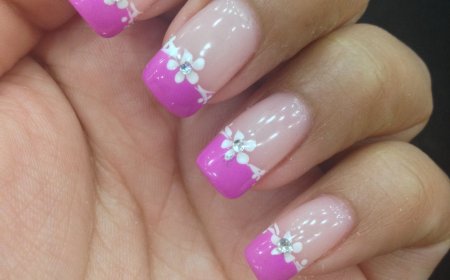

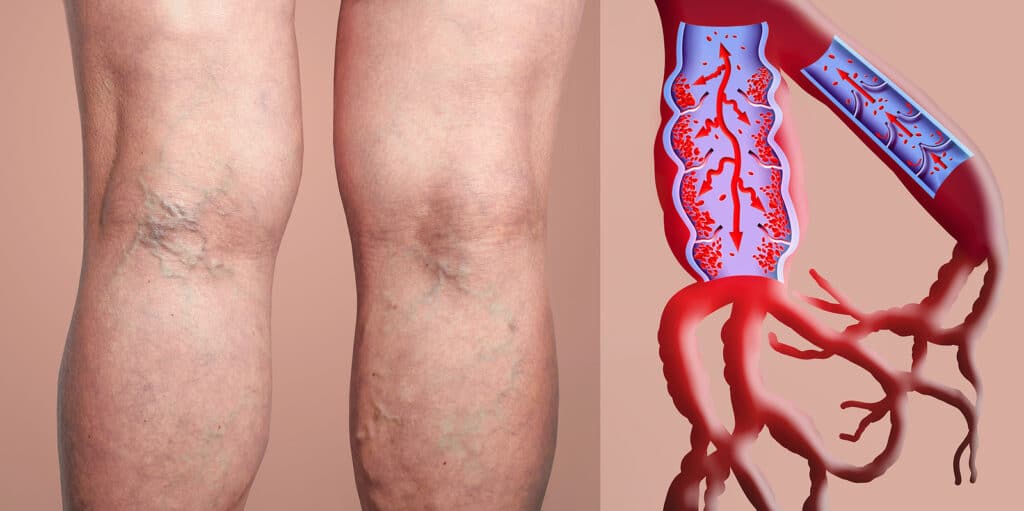

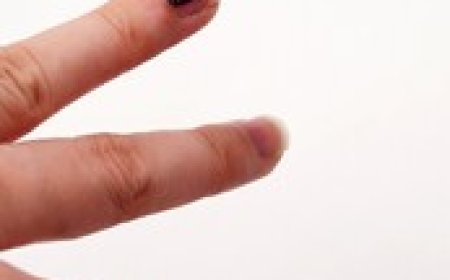

:max_bytes(150000):strip_icc()/drugstore-retinol-creams-tout-f76b9d2796e34eaa8376801c83fb1888.jpg)








